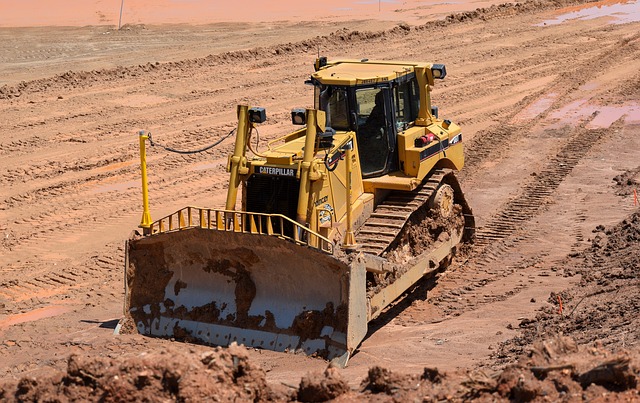
Setting Out Survey - Site Setting Out & Building Layout Surveying
Site Setting Out Survey | Field Setting Out | Surveying Layout
The method of setting out is the reverse of surveying process. The process involves the positions and levels of building lines and road alignments shown on the construction plans to be established on the ground by various techniques and instruments.
See Also: Setting Out Circular Curves
Methods of Setting Out Survey
- Setting out buildings by coordinates
- Setting out with theodolite and level
- Checking verticality
- Setting out and alignment in steel framed buildings
- Alignment and verticality in form work
- Control and calculation for route surveying
1. Setting Out Building by Coordinates
A building can be set out by taking referencing from an already established baseline. An irregular building or a building having a complex geometry can be also be located using the same method. For each corner of the building, a grid line can be established from the baseline.
3. Checking Verticality:
To check verticality of points in a building, the following surveying instruments can be used:
- Plumb Bob (For buildings less than 20m in height).
- Optical Plummet (A transparent plastic sheet is used as a target for checking verticality of tall buildings).
- Theodolite
Setting out Survey works also include
Computations and setting out Methods for:
- Simple Circular Curves
- Compound Curves
- Reverse curves
- Transition curves
- Vertical curves
- Setting out of horizontal alignment
- Setting out of vertical alignment
- Setting out of cross-sections
- Setting out of bends
Setting Out Tools and Equipment
- Pegs
- Tape measure/measuring wire
- Ranging rods
- Triangle sets
- Cross staff
- Optical square
- Gradient template
- Straight-edge in combination with spirit level
- Dumpy level
- Water manometer
- Tube water level
- Camberboard




/GettyImages-589715133-5b3988fac9e77c0037b80e6c.jpg)





